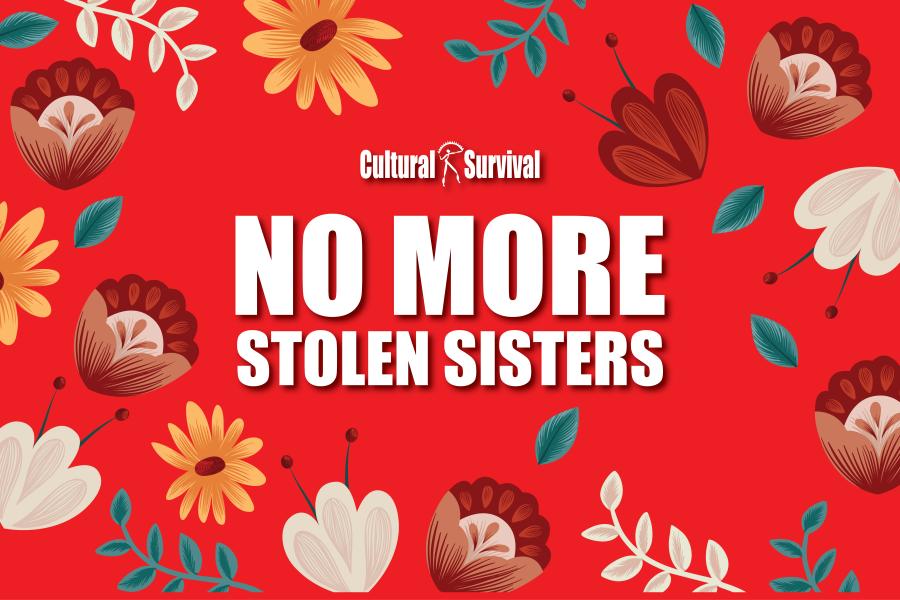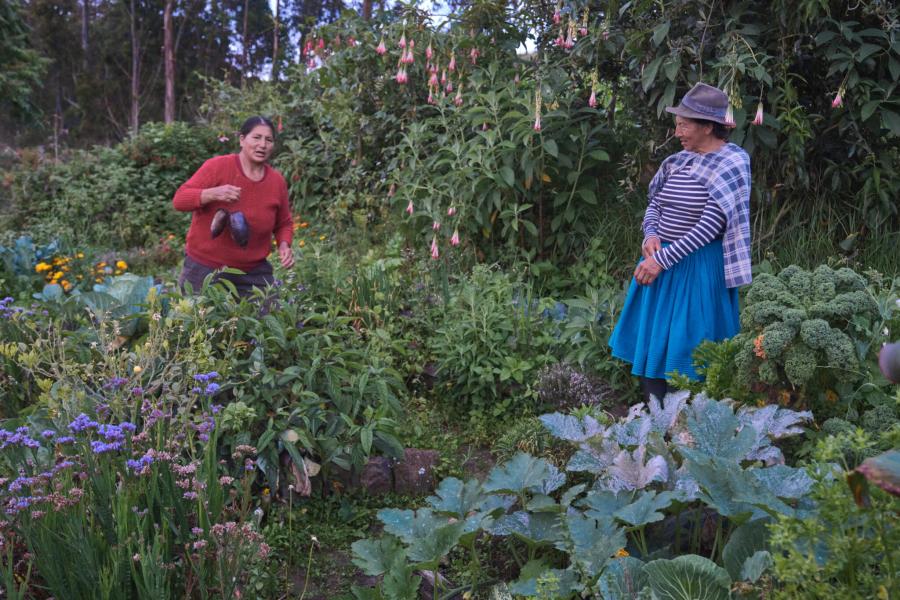In November 1975, the Inuit of Nunavik (northern Quebec, Canada) signed the James Bay and Northern Quebec Agreement, a document that would bring significant change to all aspects of the cultural, economic and political life of Nunavik. The signing of this document culminated a period of intense change set in motion by government programs initiated in northern Quebec with little consultation and with almost no understanding of the needs and priorities of Inuit. The negotiations leading up to the Agreement represented an information-based process, yet the Inuit still found themselves without access to, or control over, the critical information being used to chart their future.
The James Bay and Northern Quebec Agreement was the first comprehensive land claims settlement in Canada. For their part, the Inuit were granted lands in ownership, compensation funds, harvesting rights, participation regimes, control over education and cultural development and their own and regional governments.
Immediately, the Nunavik Inuit had to face a staggering number of issues involved with developing their territory, New rights and responsibilities gave rise to new Inuit-controlled institutions with essential powers to manage, conserve and develop their territory and resources. From the very outset, it became apparent the Inuit needed appropriate information to make decisions and to influence the decision-making of others.
At first, the Inuit were concerned with equal access to scientific and other Western-based information concerning their territory and Arctic ecosystems. Very soon, however, it became apparent to them that this information was severely limited. It rarely showed changes over time, was far from complete, and failed to address many of the critical social, economic, political, environmental and educational issues confronting Inuit society. At this point the Inuit shifted to a concern with developing an entirely new information base.
The move towards information self-sufficiency was difficult and time-consuming. The Inuit of Nunavik were information-rich as a culture but data-poor as a political group. They were also skeptical about the importance of research and its role in the development of Nunavik. In those days, Inuit only met those researchers who came from the outside to collect information and then leave. Looking back on this time, many Inuit remain resentful about what happened to their heritage, to their traditional knowledge, and therefore to their intellectual and cultural property.
DEVELOPING THE DATABASE
Makivik Corporation, the institution created go hold and invest the compensation funds from the Agreement on behalf of Inuit political and economic interests, decided to establish and fund a Research Department with the following mandate: 1 To identify the research needs and priorities of the Nunavik Inuit, to develop a relevant program of studies for meeting these needs and priorities, and to formulate principles and guidelines for Inuit participation in all phases of research; 2 To recognize both the intrinsic value as well as the scientific importance of Inuit knowledge to the future success of northern science and research; 3 To encourage Inuit participation in scientific work through programs of training and education, and to foster the exchange of knowledge and skills through the development of a cooperative working relationship between Inuit and non-native researchers; 4 To establish a scientific expertise within Makivik Corporation which can be called upon to inform decision-makers, help in the formulation of policies and programs dealing with scientific or research concerns, assist Inuit communities and other organizations, and play a leading role in establishing an effective consultation process with communities; 5 To place a major emphasis on the creation of a well-structured data base for all of Nunavik and to begin the development of a computer-based system for processing the information contained in this data base.
In order to fulfill its mandate, the Department concentrated on four main areas. The first was Inuit land use and harvesting; it decided to gather, review and continually update necessary information for a large geographical data base on past and present land use patterns and harvesting levels for all species, both on land and offshore. The second integrated Inuit knowledge about the environment, ecology and resources of Nunavik into the Nunavik data base. Studies of the wildlife resources of Nunavik would be a third area. Finally, the fourth area involves applying the results of the first three to planning and assessing social and environmental impact. Figure 1 on the following page lists the major outputs of the Department since its creation in 1975.
Of particular interest to this article is the Nunavik Inuit Land Use and Ecological Mapping Project. The first stage was to develop protocols and make methodological decisions in direct consultation with the Inuit communities involved. The protocols established the rules guiding Inuit control, participation, and confidentiality of information. Maps were found to be essential for gathering the information, whether through individual or group interview.
Maps were essential not only for recording data but also for animating the interview process. Each hunter could directly relate the visual language of the map of the specific types of data being recorded. Transcribing the hunter's information and knowledge onto a map also allowed them to evaluate its content and accuracy. Every interview is supported by a tape-recorded or written record, transcribing facts or interpretations that could not be mapped. (See Figure 2).
All of the resulting information has been processed as part of a geographic information system developed specifically for this Project. The entire electronic data base for Nunavik has been transferred to a Macintosh system running Micro Station software for processing electronic maps. Adobe Illustrator software for finished maps and graphics, Oracle software for managing the date base, and Power Draw for moving information between Micro Station and Illustrator. Written information is processed on Microsoft Word software, and statistical data on Microsoft Excel and Delta Graph Professional software.
The resulting electronic data base is essential for analyzing and evaluating cartographic information, since it enables all the data to be easily upgraded, expanded or integrated in different combinations to create new maps.
LESSONS LEARNED
The most important lesson learned from the Nunavik experience is that indigenous peoples must first and foremost control their own information. It was also become clear over the years that the knowledge base of indigenous people is vital, dynamic and evolving. Merely "collecting" and "documenting" indigenous environmental knowledge is in fact counter-productive. These knowledge systems have been under serious attack for centuries, and the social seriously attack for centuries, and the social systems that support them have been seriously undermined. However, indigenous peoples must not just support "salvage" operation of what now is often referred to as " a rapidly disappearing knowledge base." It is not just a question of recovery and recording indigenous knowledge; it is one of respect and revitalization. This information has to remain current and not be considered a relic of the past. Indigenous peoples must also insist that their knowledge not be reduced to an interesting research topic for western science to explore.
On the technical side, the major lesson is that the process must be data-driven rather than technology-driven. Too often groups acquire complex computer hardware and geographic information systems without having made important methodological decisions concerning the information they wish to store and analyze and the type of date base they wish to develop. Computers are just a tool. The information base itself should be the core of any program.
Article copyright Cultural Survival, Inc.



